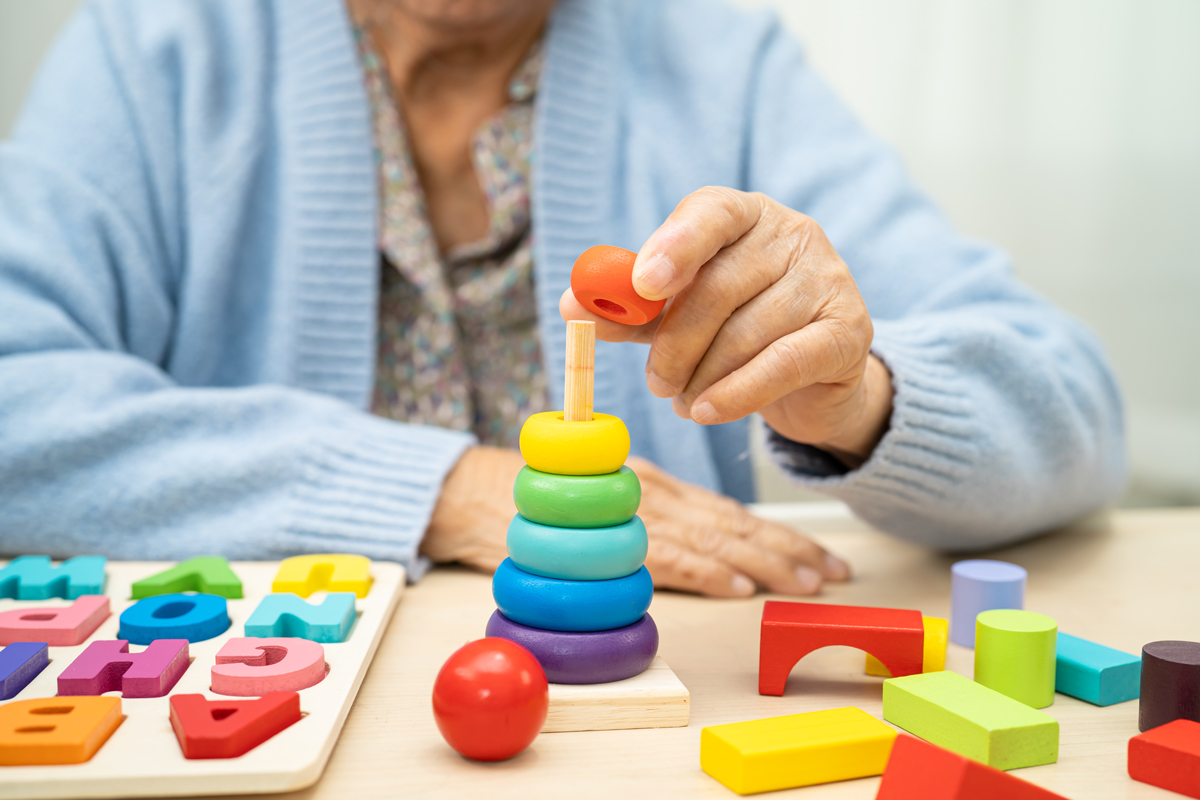Recreational therapy is all about helping clients achieve a higher quality of life through meaningful activities. But how do recreational therapists measure success? The process involves assessing each client’s limitations, strengths, goals, objectives, and interventions in a structured way.
Limitation
The first step in measuring success is identifying the areas of weakness in each client. These could be physical, cognitive, or emotional barriers that affect their daily functioning or enjoyment of life. For example, a client might struggle with mobility, experience high levels of anxiety, or have memory deficits that limit their independence.
Strengths
Next, therapists look at the client’s strengths to determine areas of improvement. This helps create a balanced view by recognizing what the client is capable of, even if it’s in small steps. Strengths might include social skills, creativity, or motivation. By focusing on these areas, therapists can build on what’s working well and further encourage the client’s progress.
Goal
A clear, desired outcome is essential for guiding the therapy process. Goals are set to either increase positive aspects like social abilities or physical endurance or decrease negative factors such as confusion or anxiety. Goals are specific to each client and based on their unique needs and limitations.
Objective
To make goals achievable, therapists craft a measurable, outcome-focused objective. It’s easier to gauge success if the objective is clearly defined. For example, rather than having a broad goal of “improving social interaction,” the objective might be “participate in one group activity per week for four weeks.” This approach ensures that goals are small and accomplishable, allowing for consistent progress tracking.
Intervention
Finally, the Recreational Therapist is responsible for implementing interventions that support the client in reaching their goal. These interventions may include physical activities, cognitive exercises, or relaxation techniques, all tailored to the client’s needs. By following a structured plan and adjusting as necessary, therapists can effectively guide clients toward their desired outcomes, ensuring measurable success in their therapeutic journey.
In summary, success in recreational therapy is measured through a client-focused approach that involves setting clear goals, creating measurable objectives, and implementing targeted interventions. By tracking progress in this structured way, recreational therapists help clients move toward healthier, more fulfilling lives.


